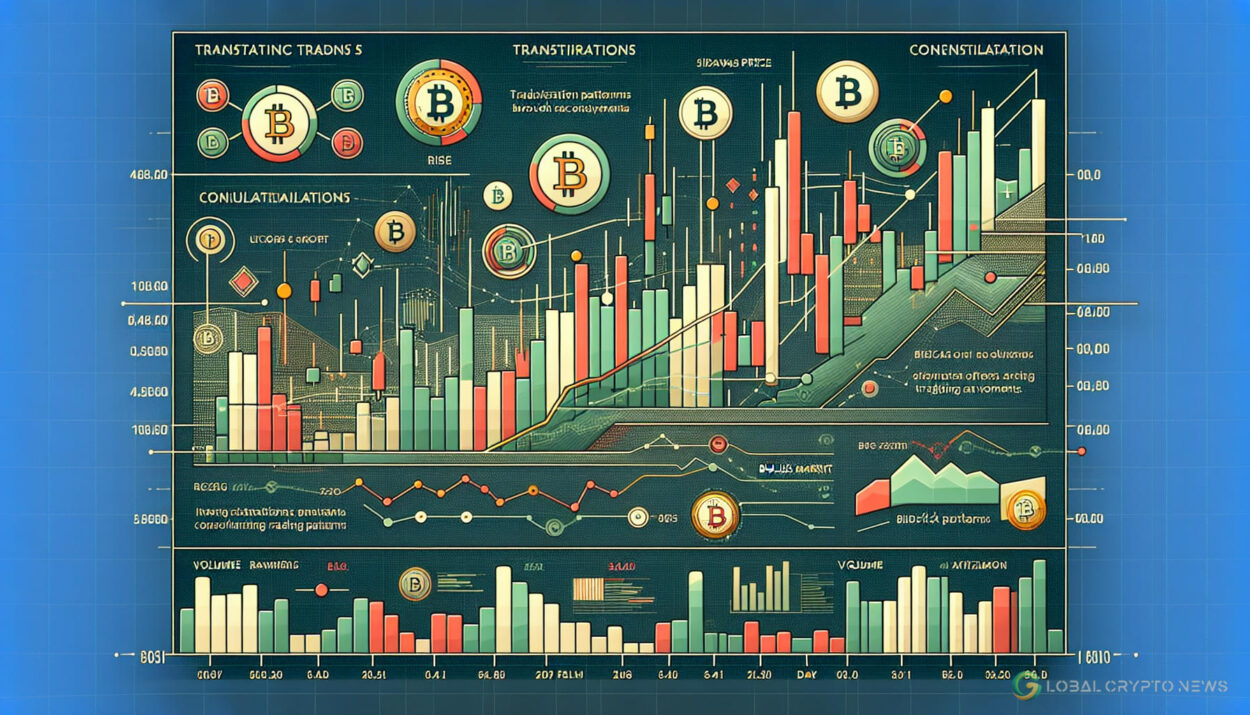Bitcoin’s Post-Halving Consolidation: Analysis and Insights
Bitcoin (BTC) has been the subject of much debate recently, especially in light of its post-halving consolidation. Notable cryptocurrency skeptic Peter Schiff has weighed in, suggesting that the value proposition driving spot BTC ETF demand might quickly fade. This perspective contrasts sharply with expert predictions and market performance to date. Despite Bitcoin growing over 55% year-to-date (YTD), Schiff pointed out that the token has traded sideways for over three months, resulting in minimal gains for spot Bitcoin ETF investors.
Spot exchange-traded funds (ETFs) track the price of an underlying asset, in this case, BTC. Profits are linked to increments in the cryptocurrency’s price. Schiff’s statement about BTC’s sideways price patterns may hold some truth, but it lacks broader context. Bitcoin has surged nearly 70% since the U.S. Securities and Exchange Commission (SEC) approved spot BTC ETFs.
Additionally, BTC’s multi-week consolidation is not unusual following a halving event. Historically, Bitcoin has transitioned from an accumulation phase into a parabolic run during previous cycles.
Growing Institutional Bitcoin Demand
BlackRock and Fidelity’s respective spot BTC ETFs made impressive debuts on Wall Street, amassing over $10 billion in assets under management (AUM) within weeks. Despite billions in demand, Schiff scrutinized Bitcoin’s bullish thesis and price progression, questioning, “If ETF investors have been buying, who has been selling, and why?”
Bloomberg’s ETF expert Eric Balchunas has spoken about capital flows from futures ETFs into spot BTC funds. The halving’s dynamics also saw some sell-offs from crypto miners to maintain cash reserves.
“I’ve said it before and I’ll say it again, the call is coming from inside the house. This is not ETFs doing, it’s Bitcoin holders selling or leveraged flushers. Time and again ETFs go on flow-a-thons and it’s met with resistance.”
On-chain data revealed that Bitcoin balances on centralized exchanges have hit a four-year low, indicating that spot holders are not selling but rather holding on for dear life, commonly known as “hodling” in the digital asset industry.
Schiff posited that ETF buyers might become impatient and start liquidating shares if the asset continues in a consolidation range. While this scenario remains possible, growing institutional demand suggests otherwise. Entities like the Wisconsin Investment Board have invested hundreds of millions into spot BTC ETFs, likely with a long-term perspective on the asset considering its growth over the years.
Comparative Performance and Future Outlook
Bitcoin has jumped over 145% in the past year. In comparison, the S&P 500 has returned 85% over the last five years, strengthening the case for investing in the top cryptocurrency by market cap. Data from IntoTheBlock showed that over 80% of BTC buyers are currently in profit.
Experts, including Balchunas, believe that major institutions have yet to fully enter the spot BTC ETF scene. Despite this, the market is already over $40 billion strong and continues to grow. As cryptocurrency adoption increases, analysts expect the global ETF market to nearly triple by 2035, reaching a $35 trillion market. This outlook strengthens the bullish case for Bitcoin’s continued ascent.
For more updates on the latest in cryptocurrencies, investing, and finance, explore more news on Global Crypto News.
























